The Levine Museum of the New South is located uptown in Charlotte.
It is dedicated to preserving the history of the era from 1865 to the present with well-curated exhibits of the dramatic changes that occurred in the southeast after the Ciivl War. The end of slavery caused the south to re-invent its economy, society, and culture.
The primary exhibit is the award-winning Cottonfields to Skyscrapers: Reinventing Charlotte and the Piedmont Region.
The freed slaves primarily knew cotton farming and continued doing it as tenant farmers. Here is a typical tenant home; and a photo of a cotton gin.
After the Civil War black men as well as ALL white men (previously only land owners had the right to vote) were allowed to vote. With the 60% of the population black in North and South Carolina, this caused huge concerns for the wealthy white landowners. Thomas Dixon, a Baptist preacher and active in the KuKlux Klan, led the Disfranchisement movement that portrayed blacks as fools and beasts, writing novels including The Clansman. The Klan kept many blacks from voting through terrorism and violence until laws were enacted barring blacks and poor whites from voting. Some of these laws remained in effect until the Civil Rights era in the 1960s.
By the 1900s, textile mills were being constructed in the south. Previously, cotton was shipped to the textile mills in the north for processing. By the 1920s, the south had surpassed the north in textile production. White men (40%), women (35%) and children (25%) worked in the mills with children starting to work at age 6 or 7. They worked 12-hour days, 6 days a week. In New England, children were 7% of the workers in the mills.
Ninety-six percent of all mills employees were held by whites becaue blacks were blocked from most mill jobs until the Civil Rights movement of the 1960s. Today blacks comprise 1/3 of the mill work force. African Americans primarily worked in agricultural or service jobs until the 1960s in the South.
Southern Power was formed in 1905 by Williams States Lee after building a dam along the Cabarrus River to harness hydroelectirc power. James Duke partnered with him funding many additional dams to provide electricity to the Piedmont Region. Duke had already amassed a fortunte by manufacturing the first mass-produced cigarettes. By 1924, Southern Power became Duke Power that transformed the ecology of the Catwba River (now a chian of lakes) and remains operational today.
In 1913 Philip Lance sold peanuts from a cart. With the help of his wife and daughter, he founded the Lance snack company in Charlotte, that remains one of the largest snack company in the country today.
At age 26, William Henry Belk, opened his first "department" store. Eventually there were 300 Belk Stores in the region.
Religion in the new south was predominantly protestant evangelical faiths as their were few immigrants to the area in the post-Civil War era. There were very few Catholics or Jews. By 2000, Catholics were the fastest growing group. Billy Graham, a Charlotte native, brough the evangelical message to the world and has had a significant impact on the culture of this region. His organization continues to thrive.
This chapel was originally located at Charlotte's Good Samariton Hospital, the first African American Hospital in the area in 1888.
Display on the music industry in Charlotte. And some bonus photos of John enjoying the some old-time tunes!
In 1913 Philip Lance sold peanuts from a cart. With the help of his wife and daughter, he founded the Lance snack company in Charlotte, that remains one of the largest snack company in the country today.
At age 26, William Henry Belk, opened his first "department" store. Eventually there were 300 Belk Stores in the region.
Display on the music industry in Charlotte. And some bonus photos of John enjoying the some old-time tunes!
A "movie palace" graced almost all cities in the South and across the country in the 1930s-1940s. Here is a marquee from one in Charlotte.
"Jim Crow" refers to the laws and customs that kept African Americans segregated from whites. The Disfanchisement movement (c 1900) enabled the South to redefine their laws to ban African Americas from voting. After losing the vote, laws were soon passed that forced AFrican Americans to sit in the back of the bus; use separate waters fountains, bathrooms, restaurants; allocate less money to black schools; and many more. Ending "Jim Crow" did not begin ending until the Civil Rights era that began in the 1960s.
Barbarshops were segregated. Woolworth's (and other similar establishments) only permitted whites to sit a counter to eat. In 1960, four African American college students staged a "sit-in" at one in Greensboro, NC, refusing to leave until they were served. These non-violent sit-ins rapidly spread throughout the South.
The KKK remained active in working to resist change by continuing to terrorize African Americans.
The famous Supreme Court decision (Swann v. Charlotte Mecklenburg Board of Education, 1971) marked the beinning of school busing to assure an equal education for all (as funding to black schools was disproportionately low by a wide margin). Many other districts through the US followed the model that was successfully implemented here. I was a senior in high school when this was introduced in the Charlotte-Mecklenburg County School District and remember it very well.
Many large national corporations have been founded in the region. By 1998, Charlotte was second to New York City as a US banking hub. And NASCAR continues to be a huge tourism draw for the area.
The first photo is of Charlotte in 1974 and the second illustrates the current skyline.
The museum continues to update this exhibit as history is made in the region.
On the second floor of the museum are several additional displays (primarily panel exhibits) that should not be missed.
And the Struggle Continues is a traveling exhibit that provides information and insights on how the Southern Christian Leadership Council has impacted the US following the Civil Rights Movement.
Cedars in the Pines: The Lebanese in NC, 130 years of History.
No Roadmap: Integrating the Charlotte Medical Community 1951-1965. The North Carolina Medical Society did not allow full membership for black physicians until 1965.
We both found this museum to be very informative, interesting, and poignant. Having moved from Delaware to North Carolina during the Civil Rights Movement (1963) at age 10, it provides deep insight into the political and social environment of Charlotte during that time. The exhibits here are very well done and very effective in conveying the historical material...very impressive. I was so glad we had the opportunity to visit it during our stay in Concord.
Admission is $8/adultsl; $6/seniors. There is a small bookstore on the first floor. Park in the Seventh Street Parking Garage next to museum and get your parking ticket stamped where you pay your admission fee to the museum for free parking (for 2 hours). Check out their website for additional information on hours of operation, tours, and exhibits.
Website: www.museumofthenewsouth.org
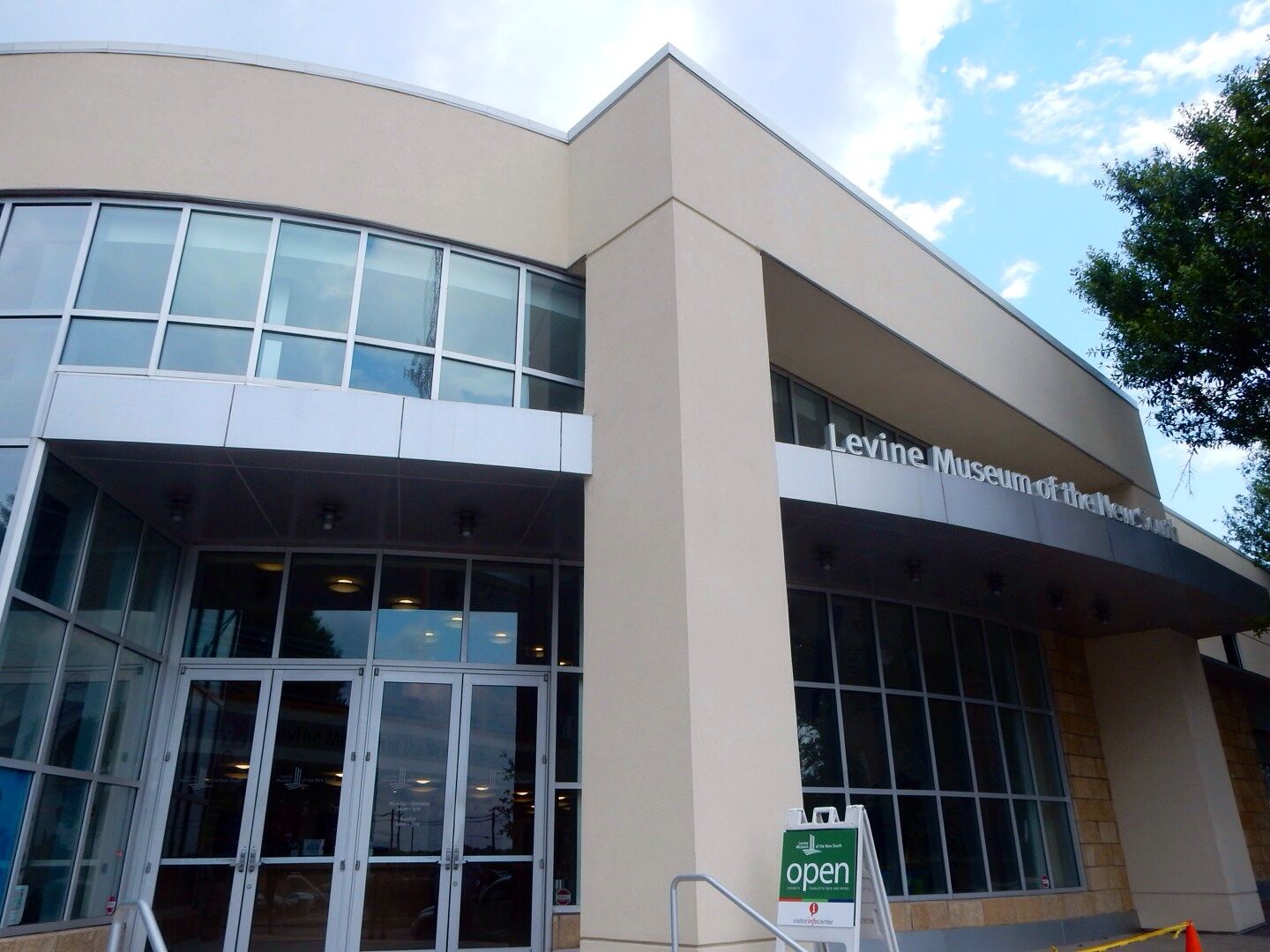
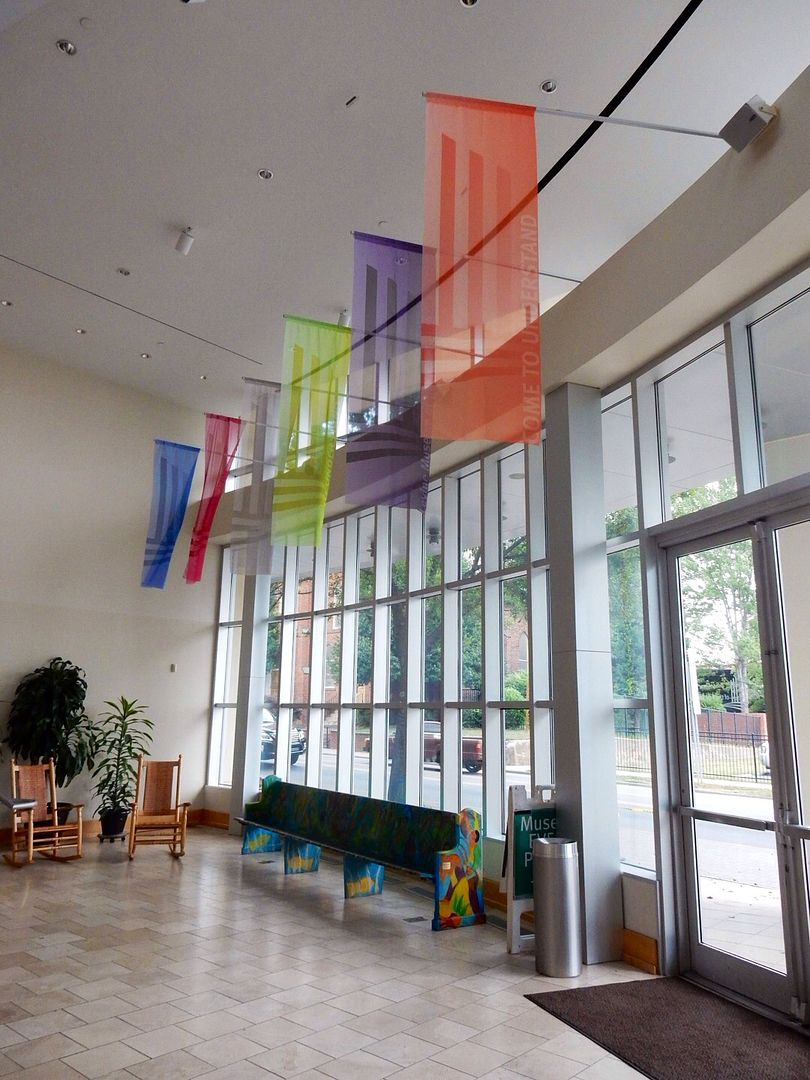

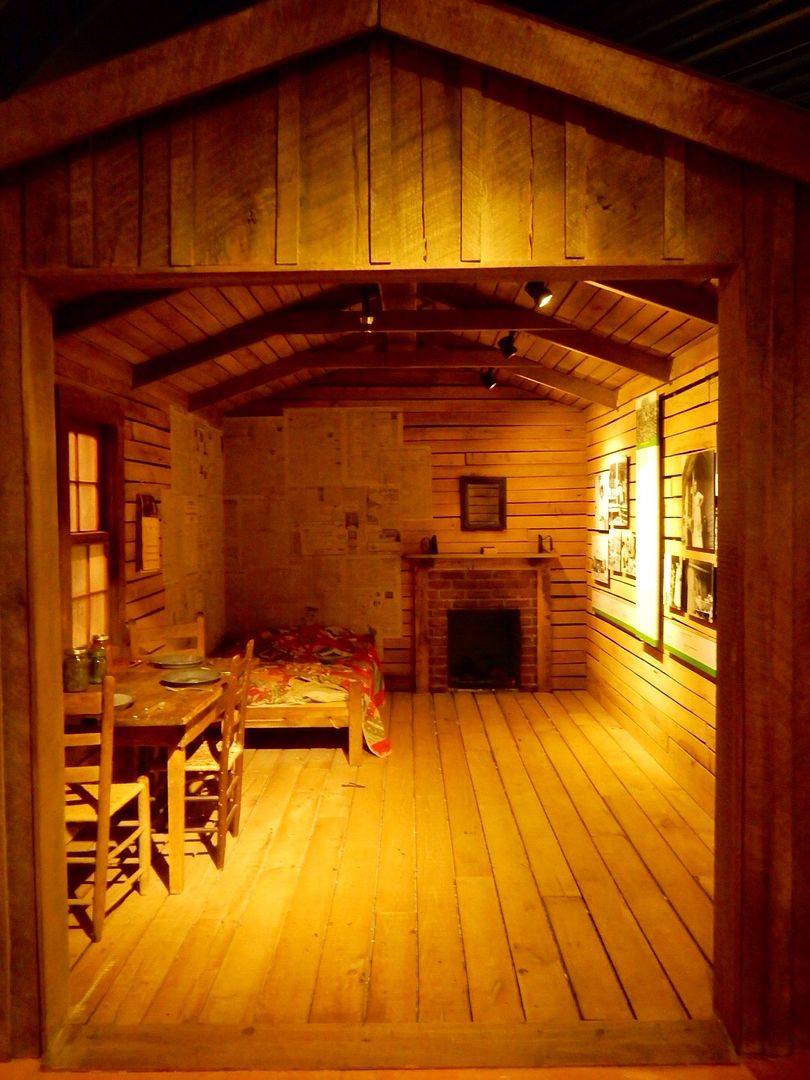
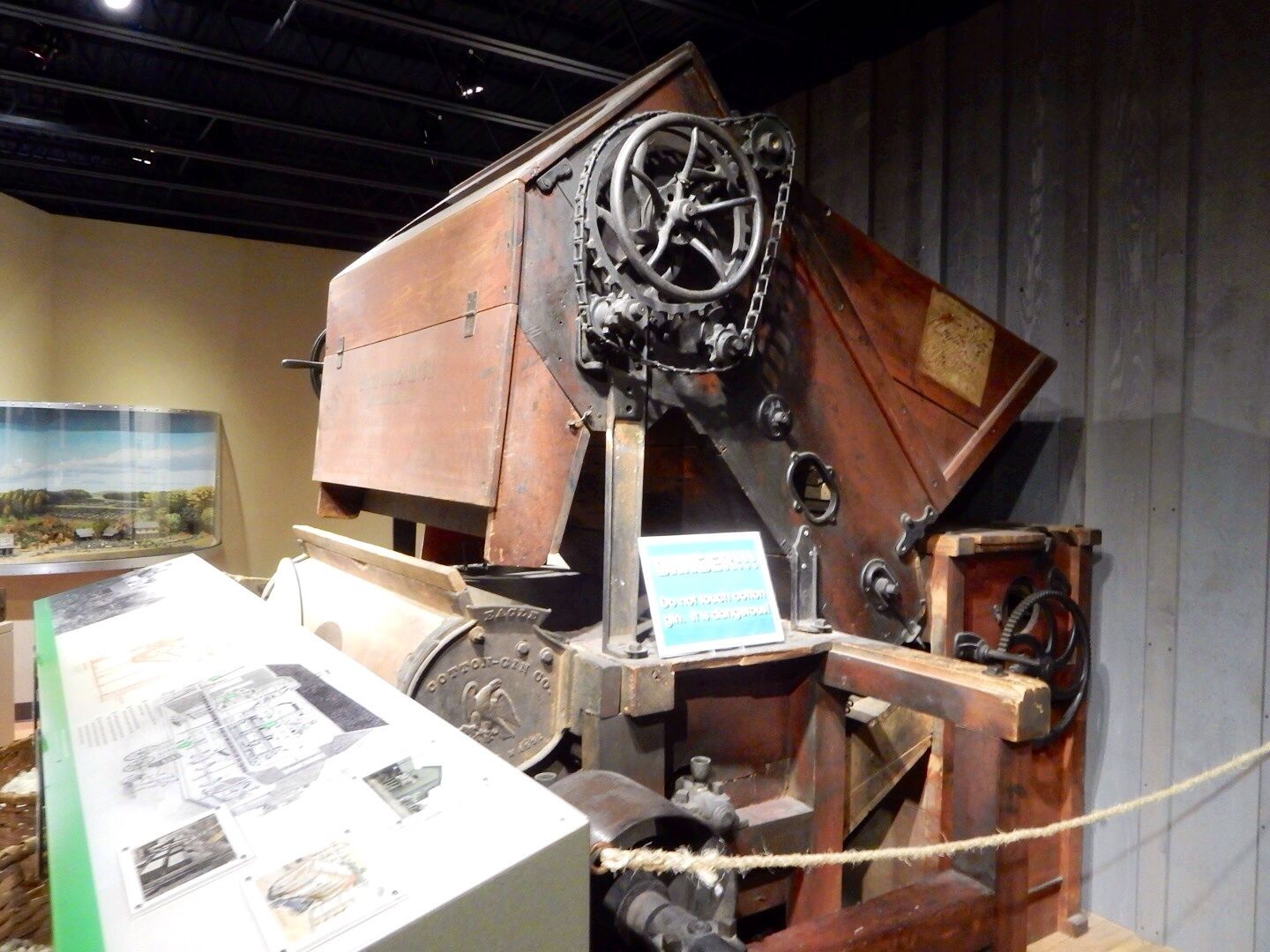
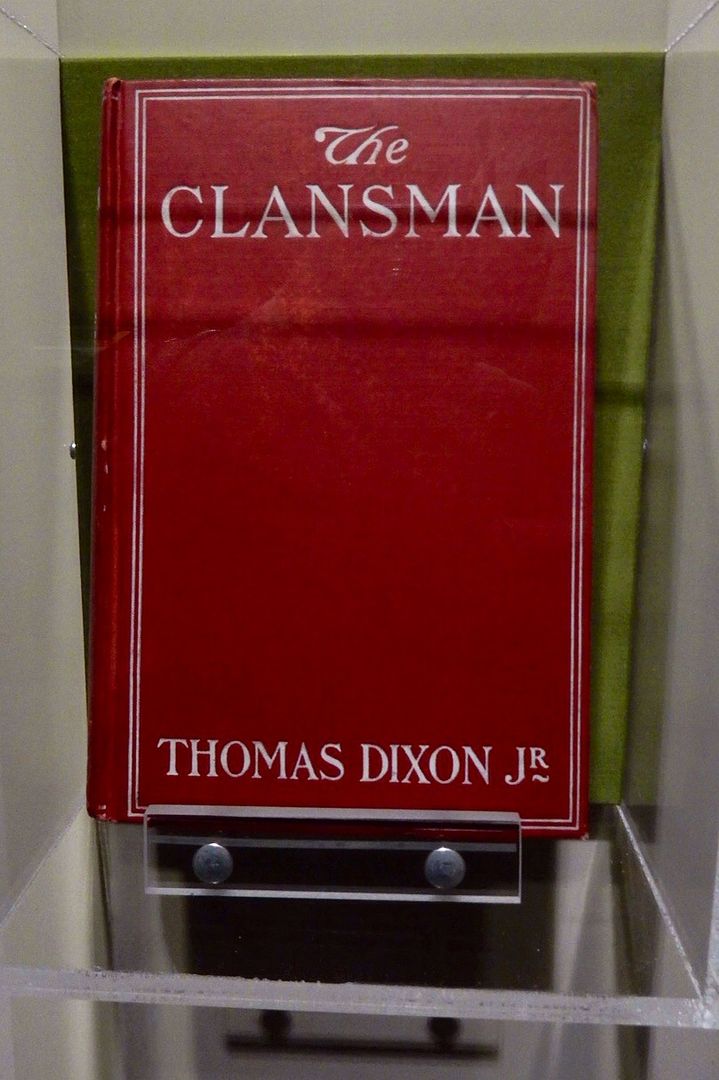



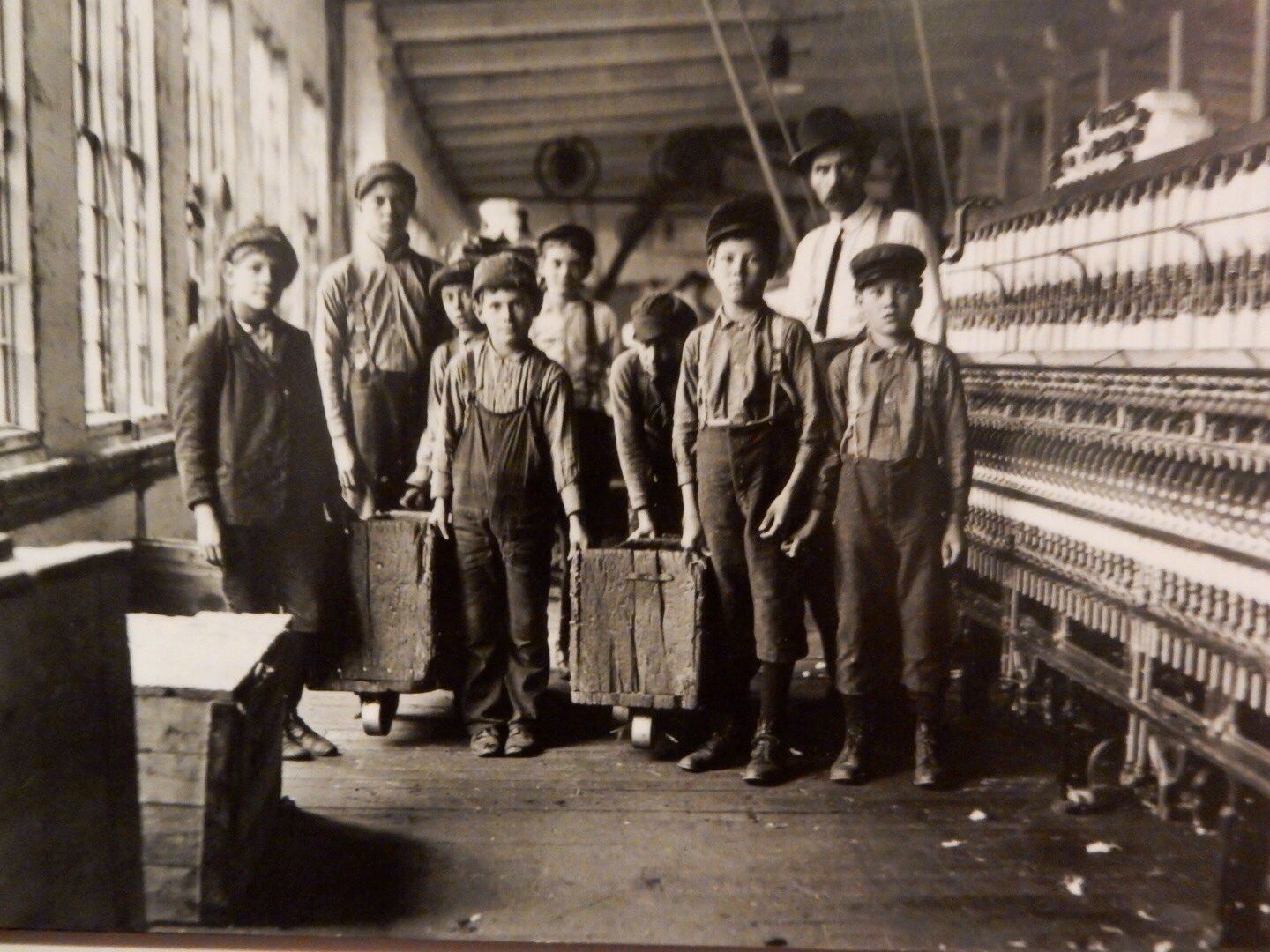
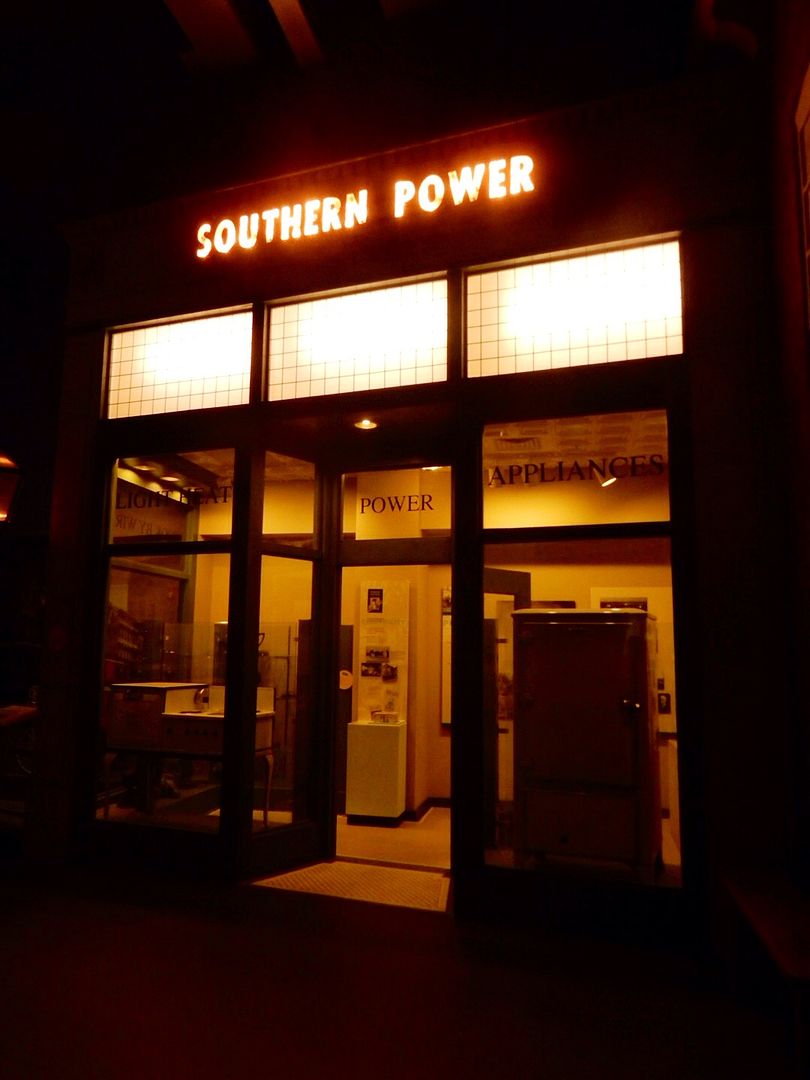
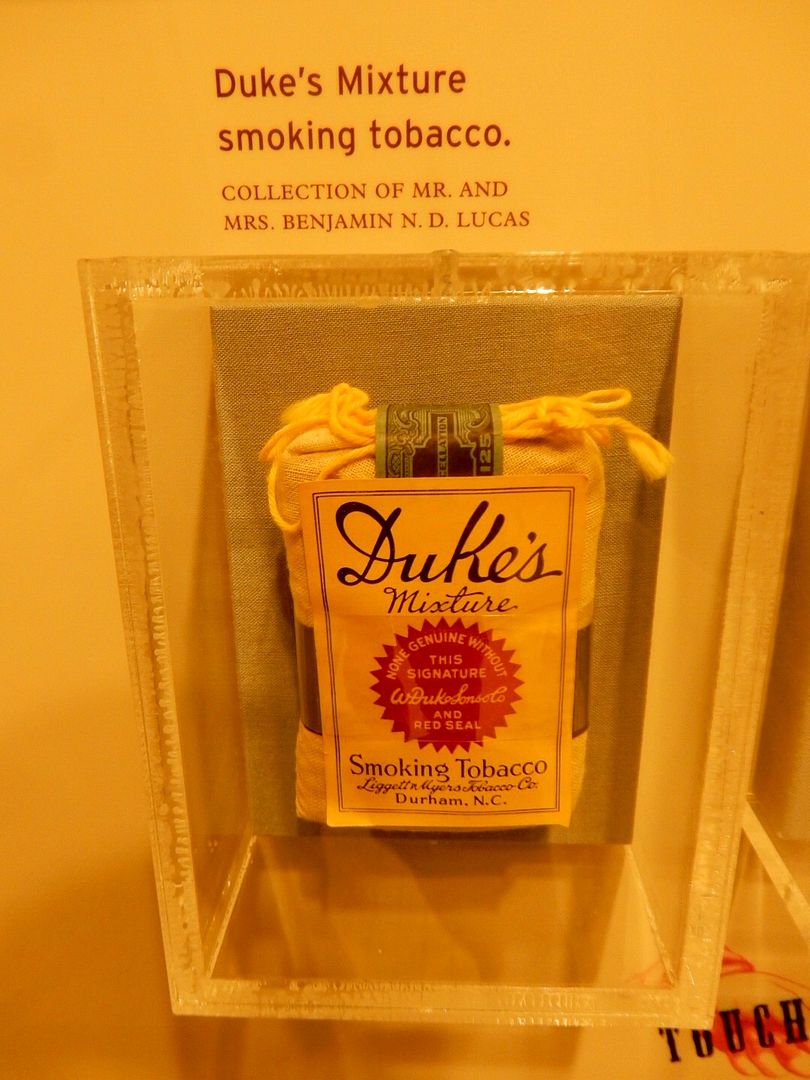
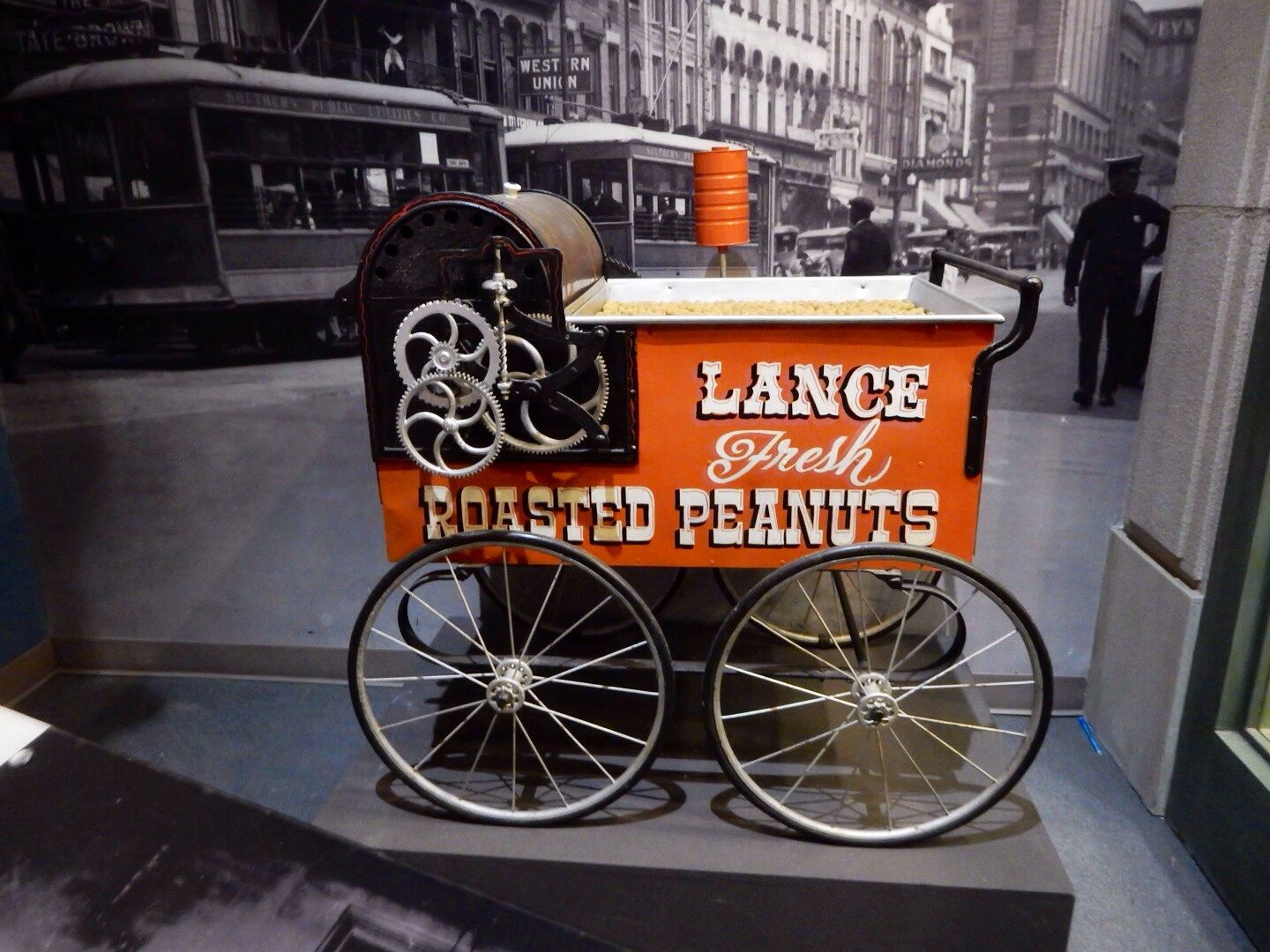
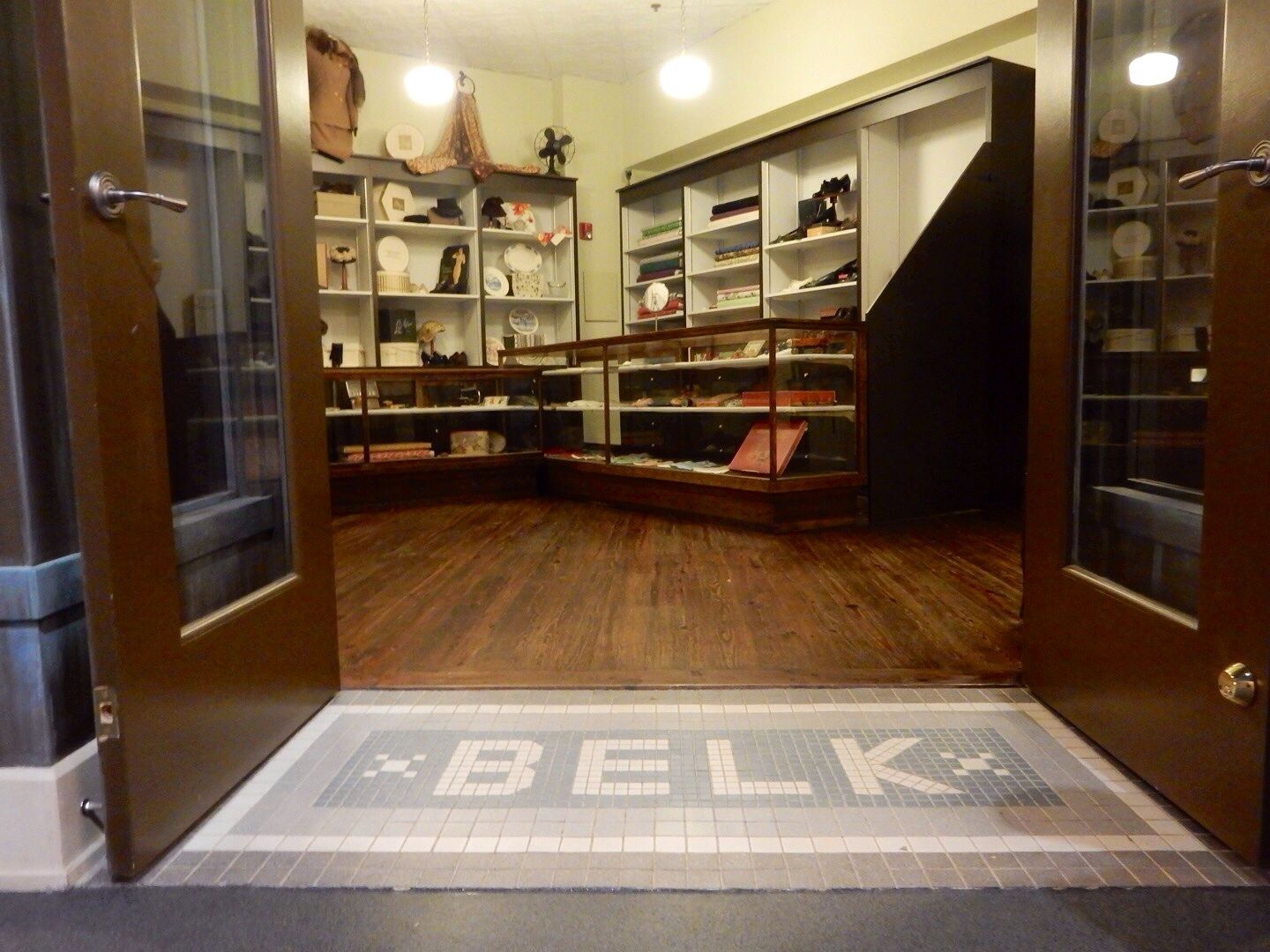
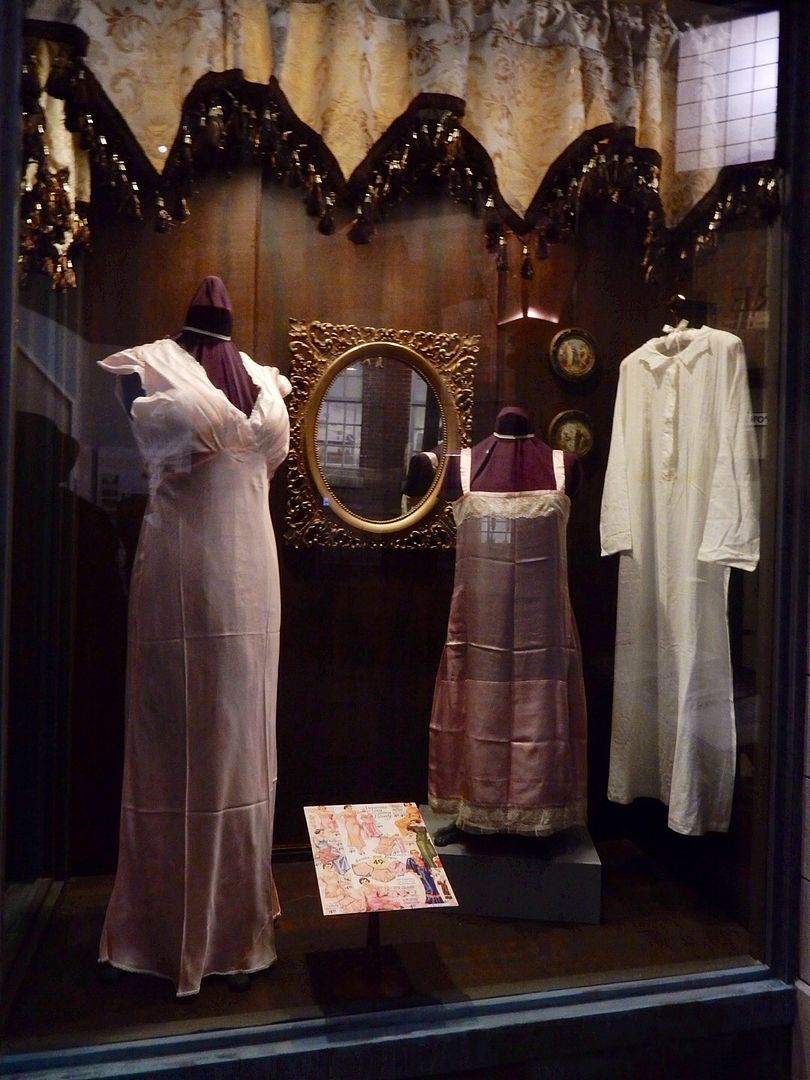

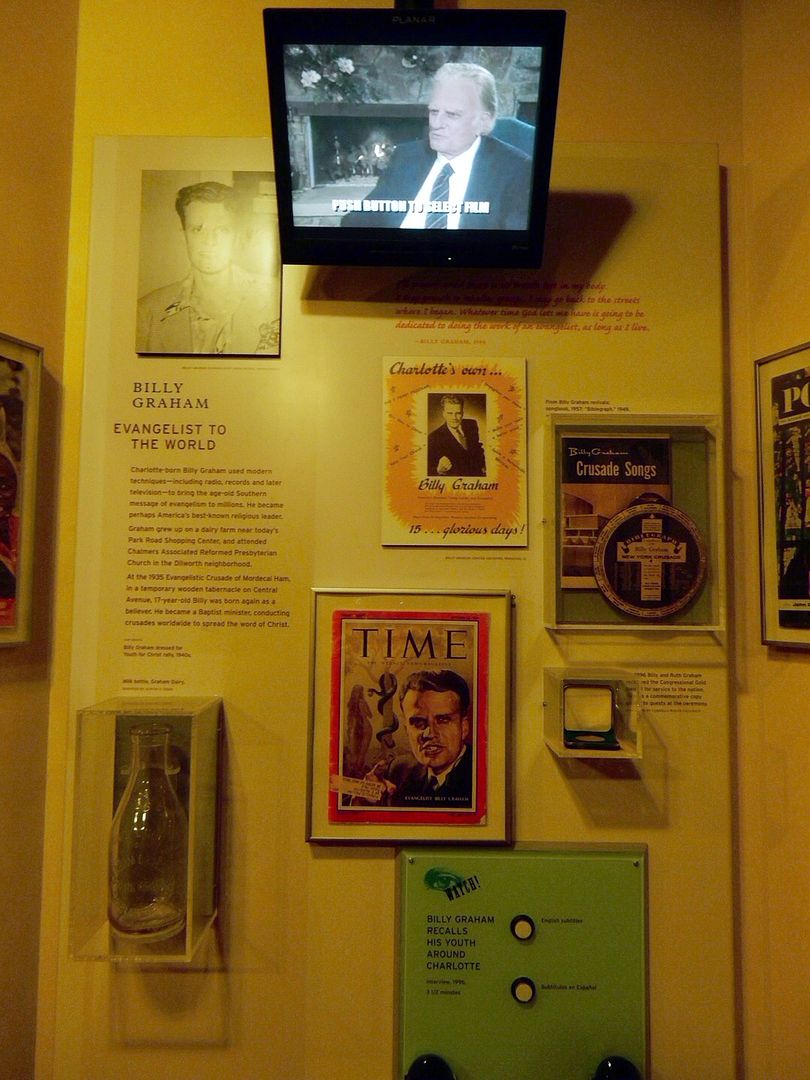
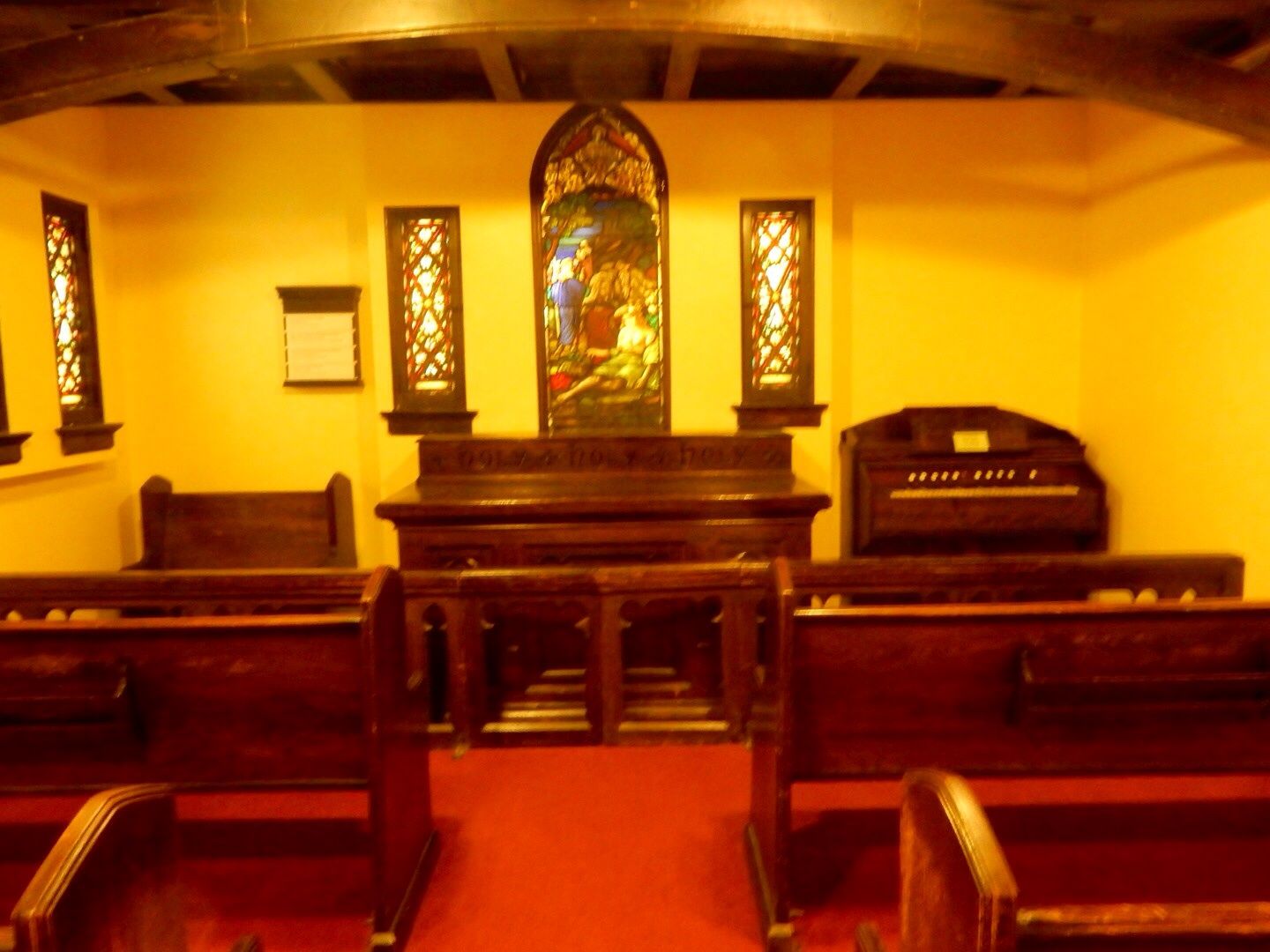
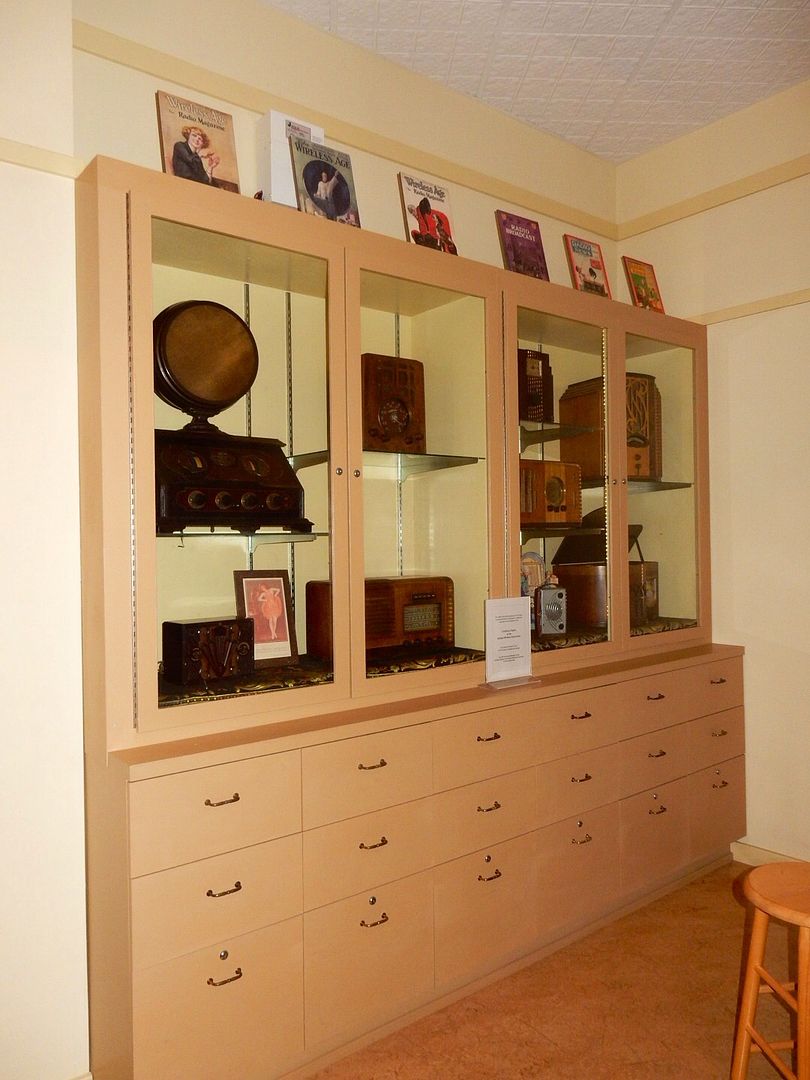
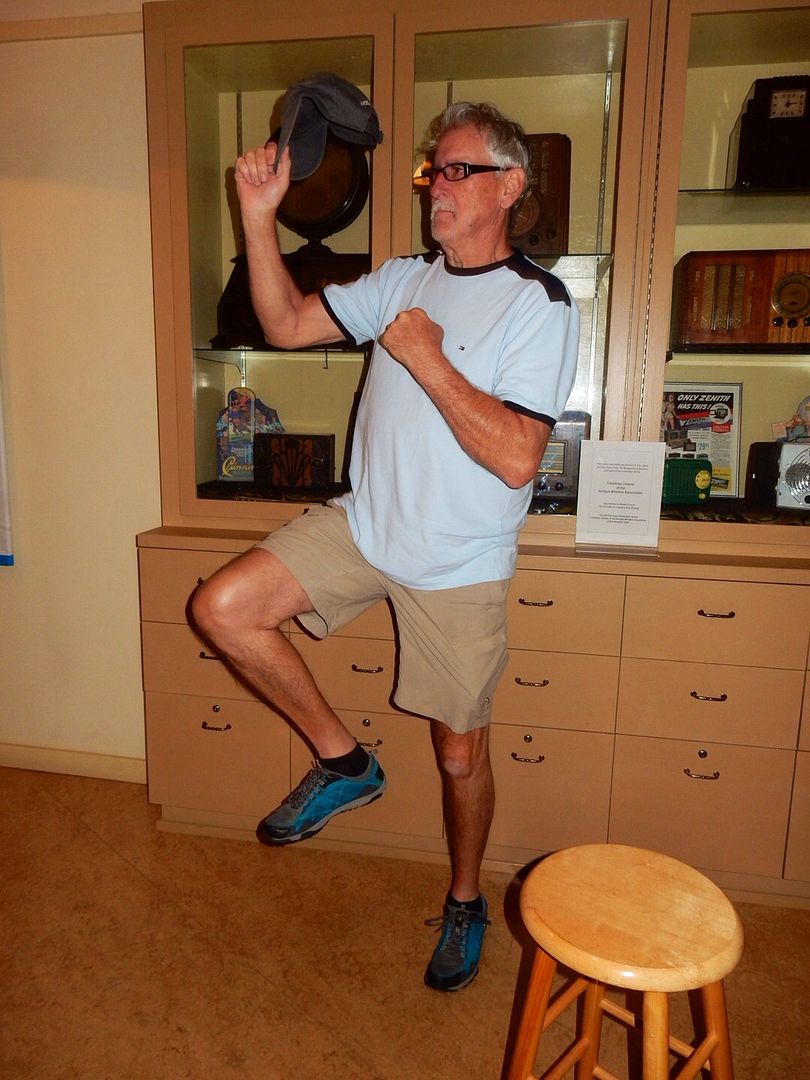
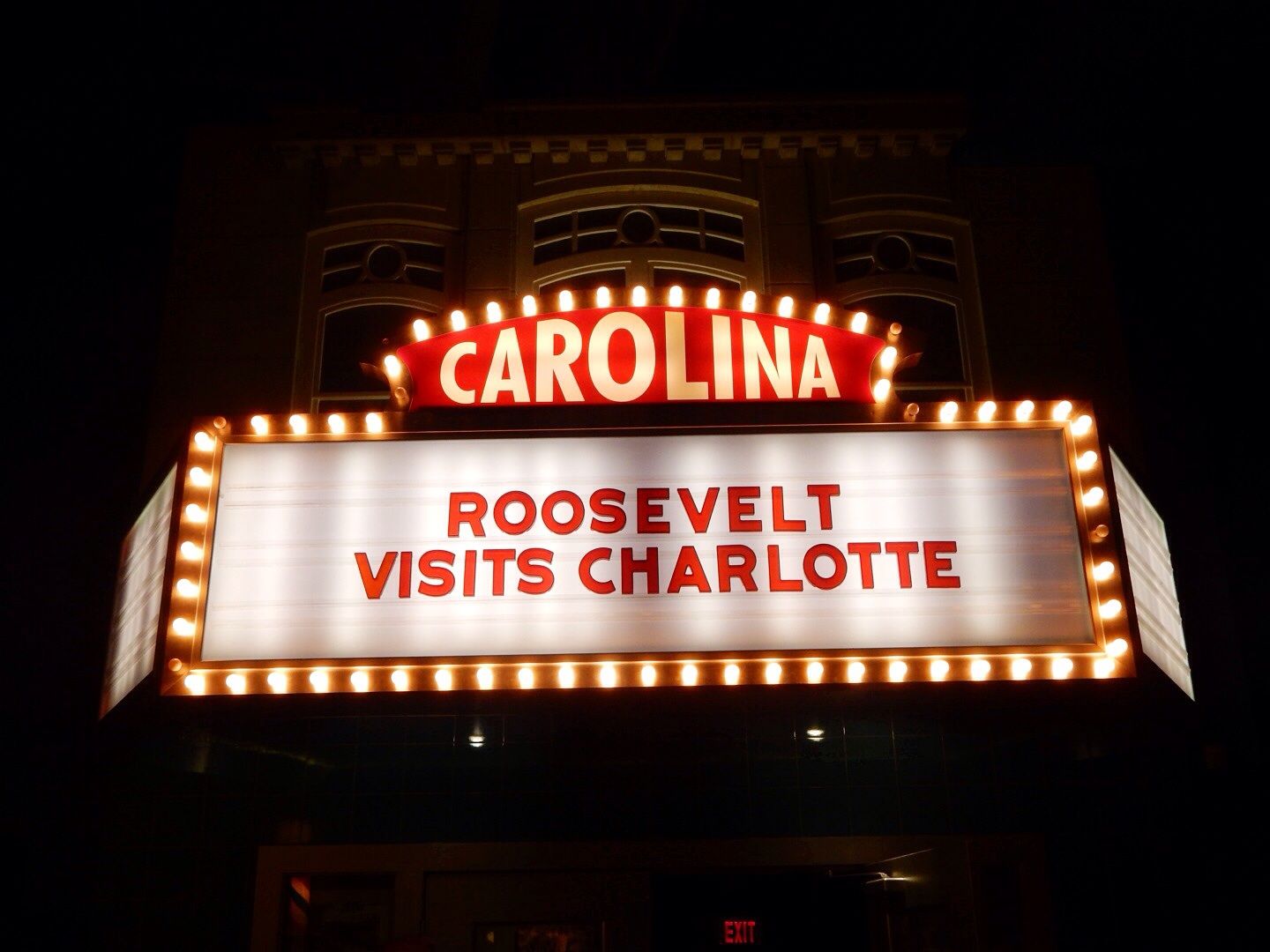
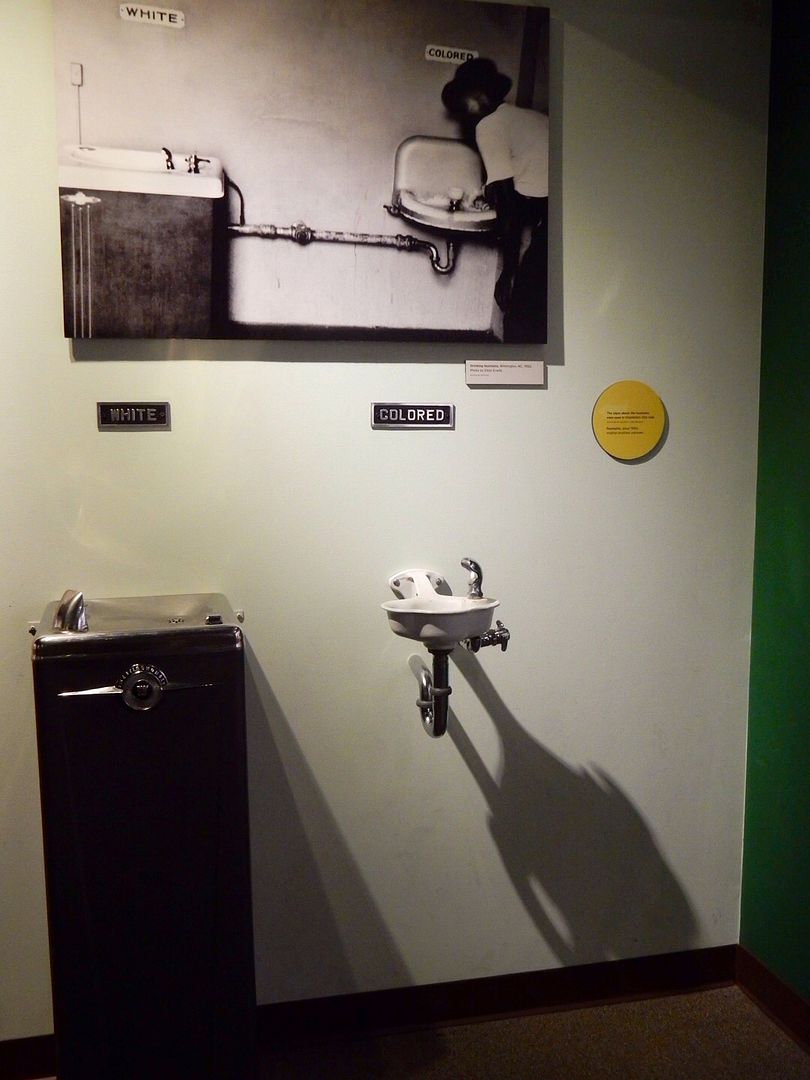


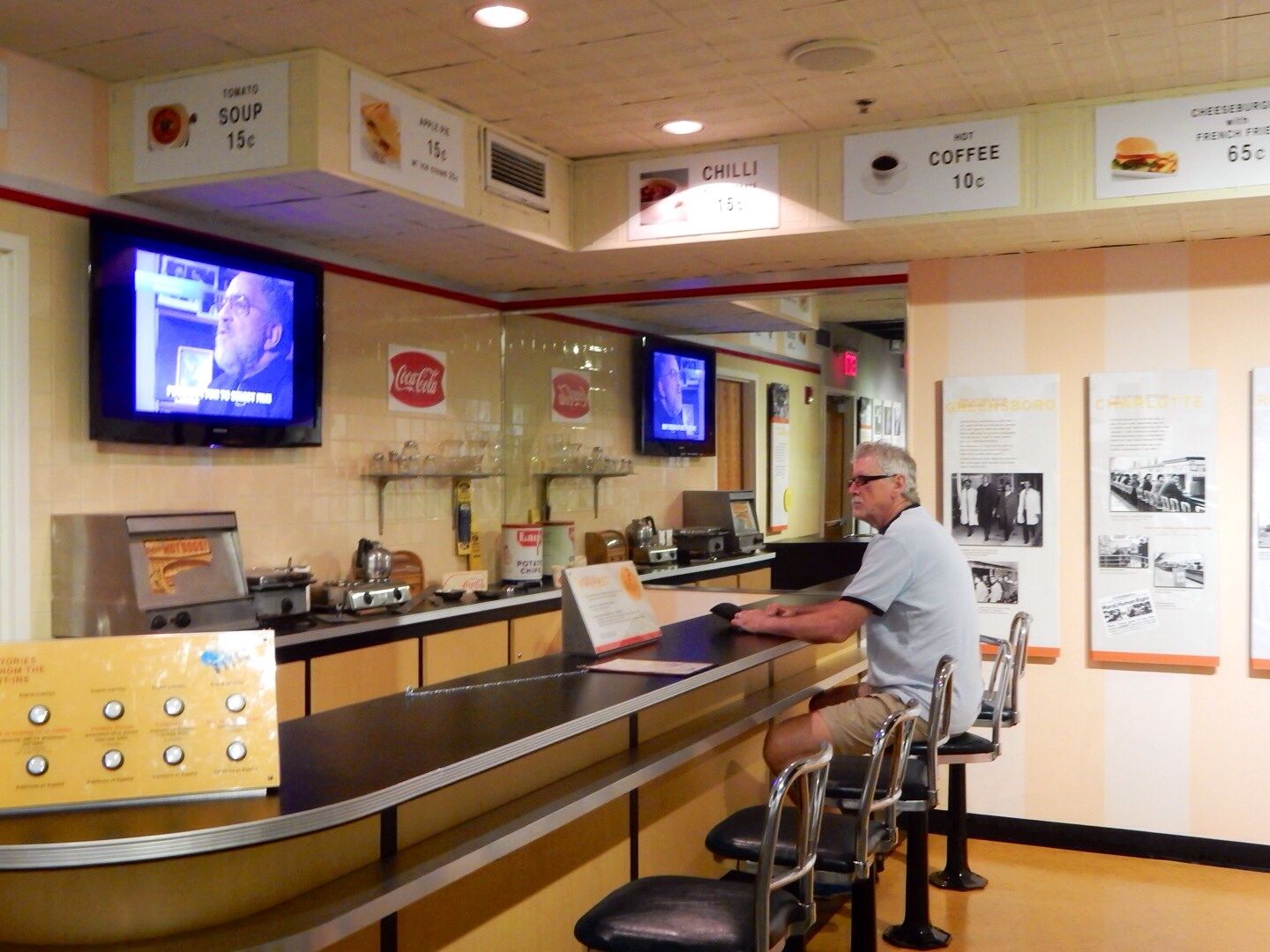
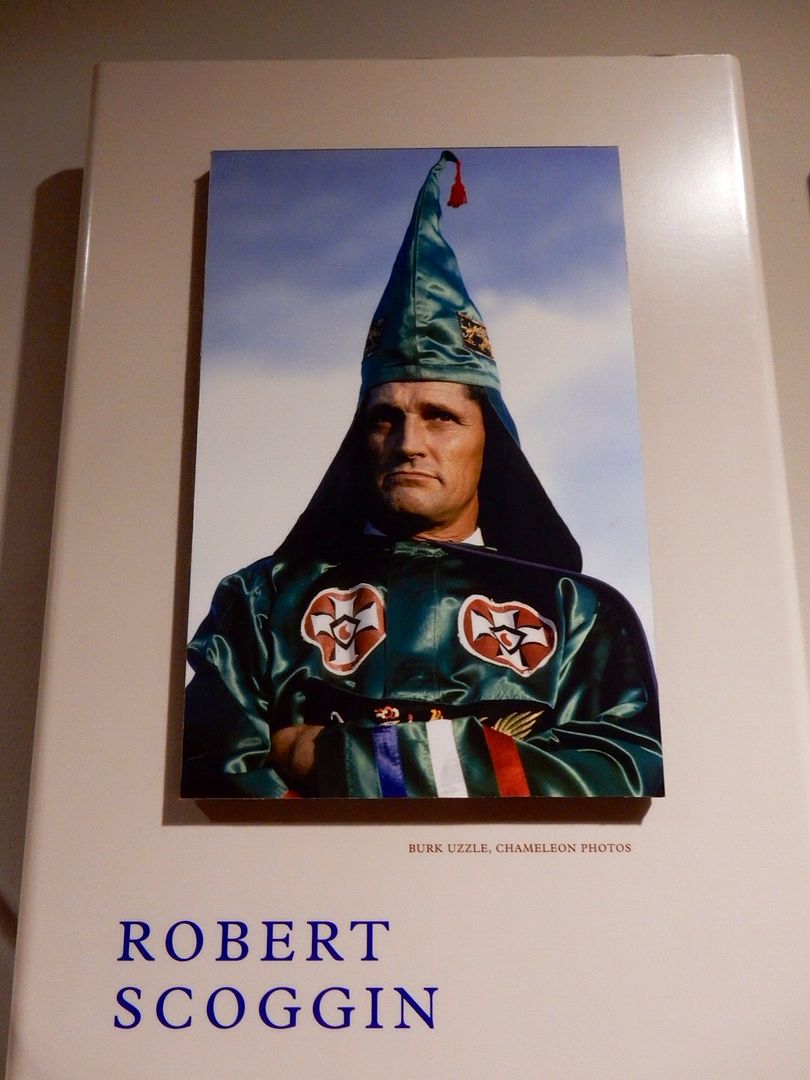
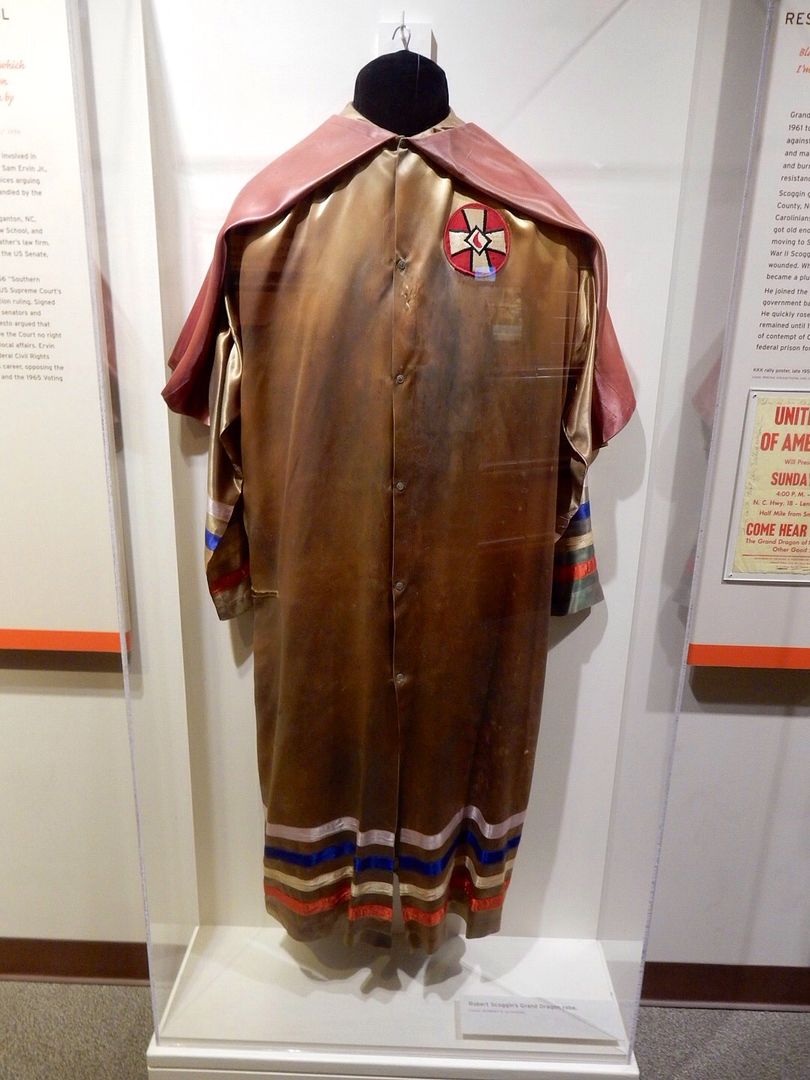
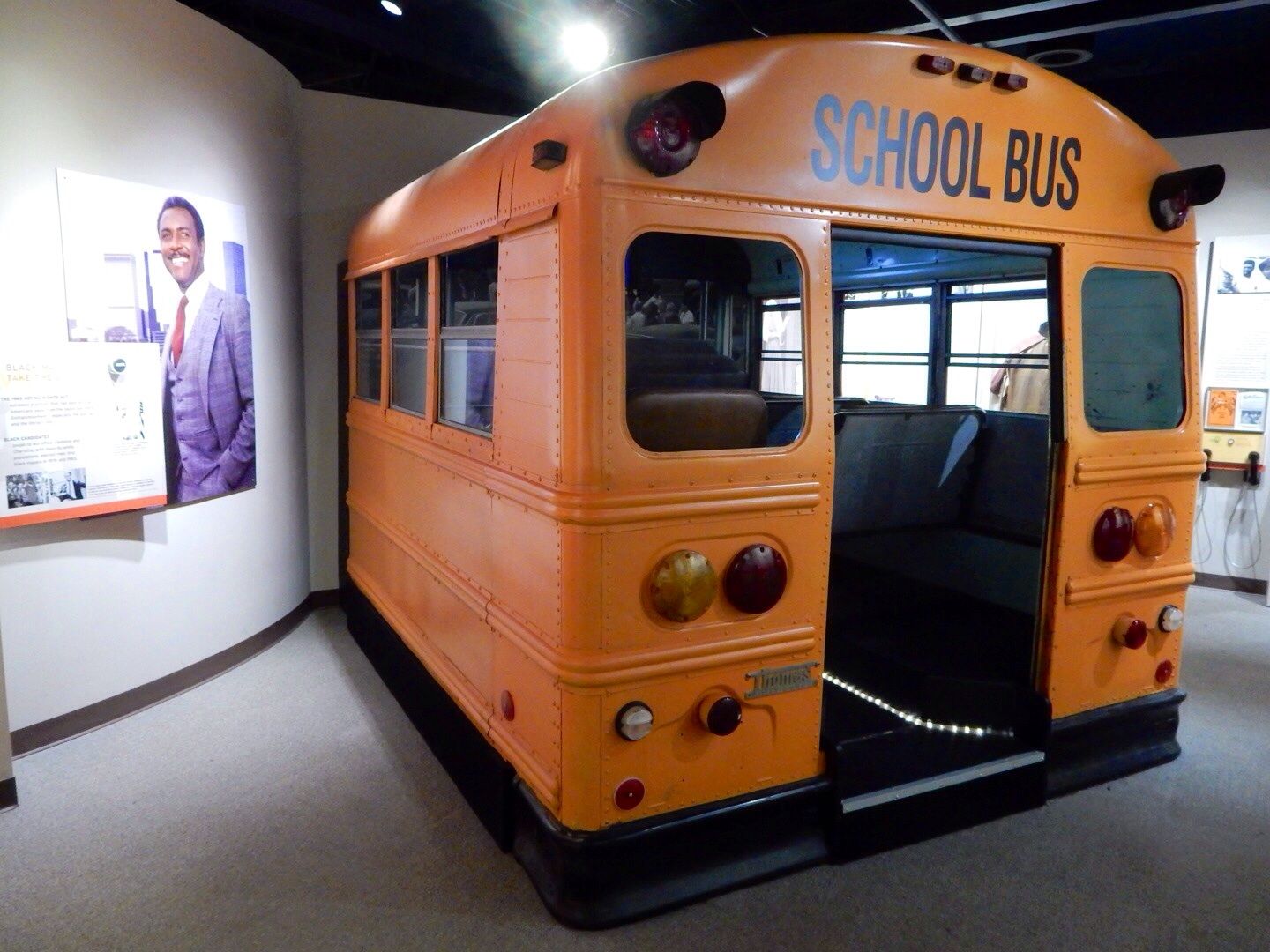


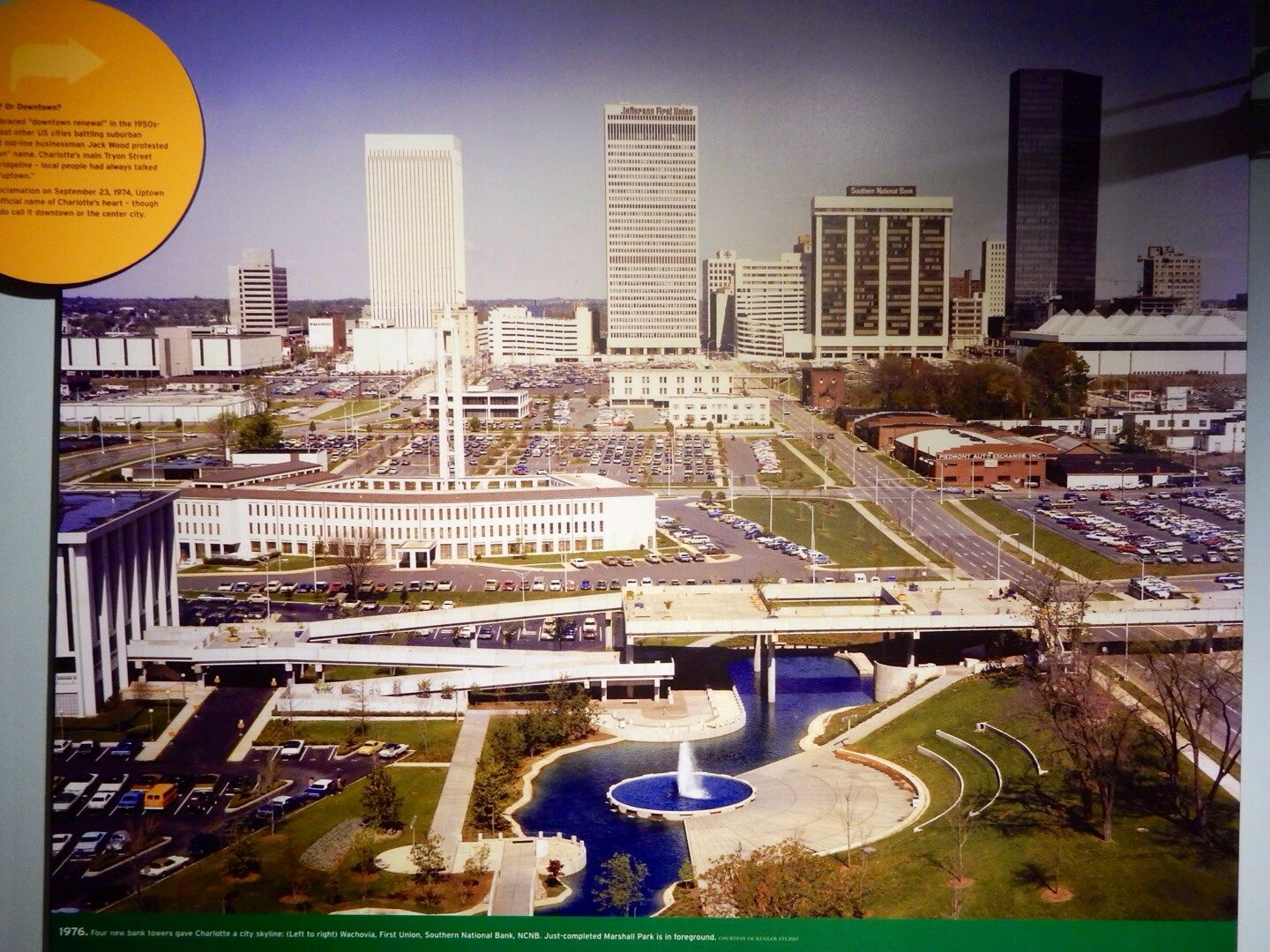


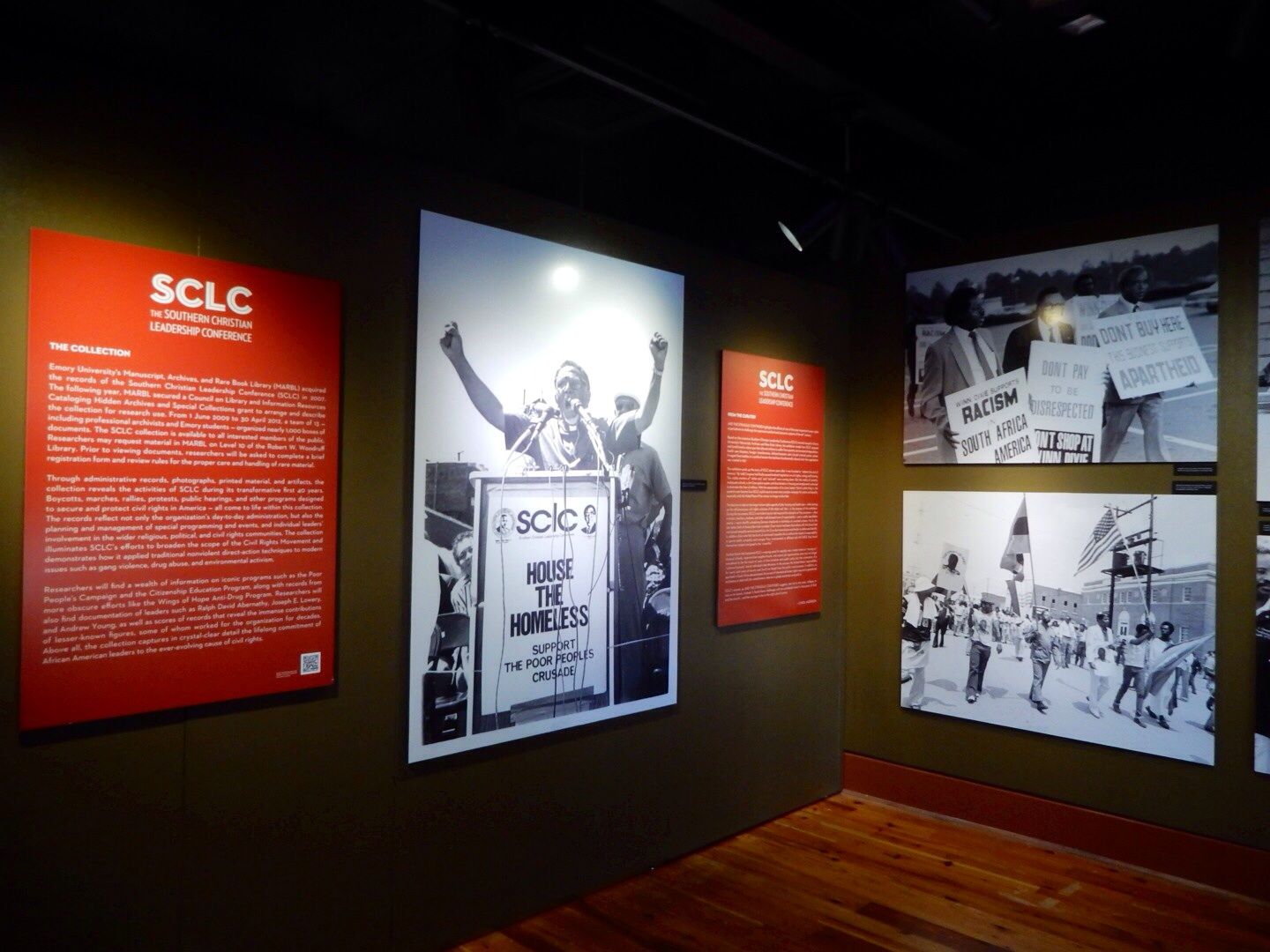

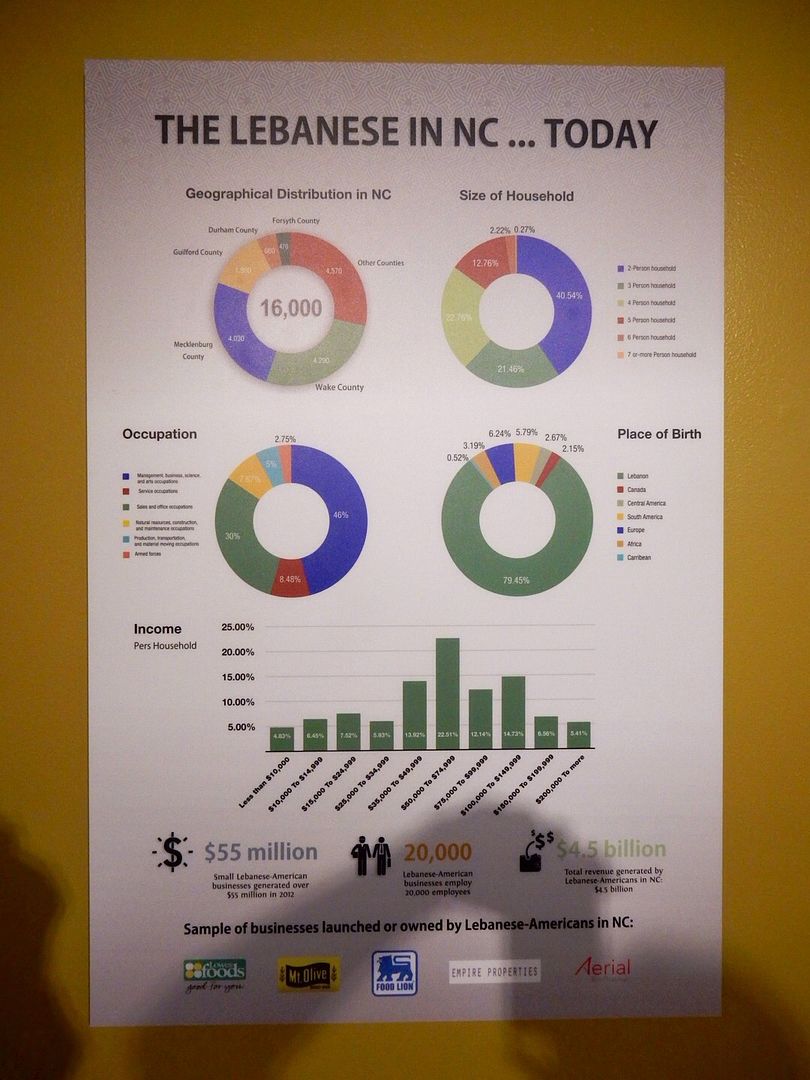
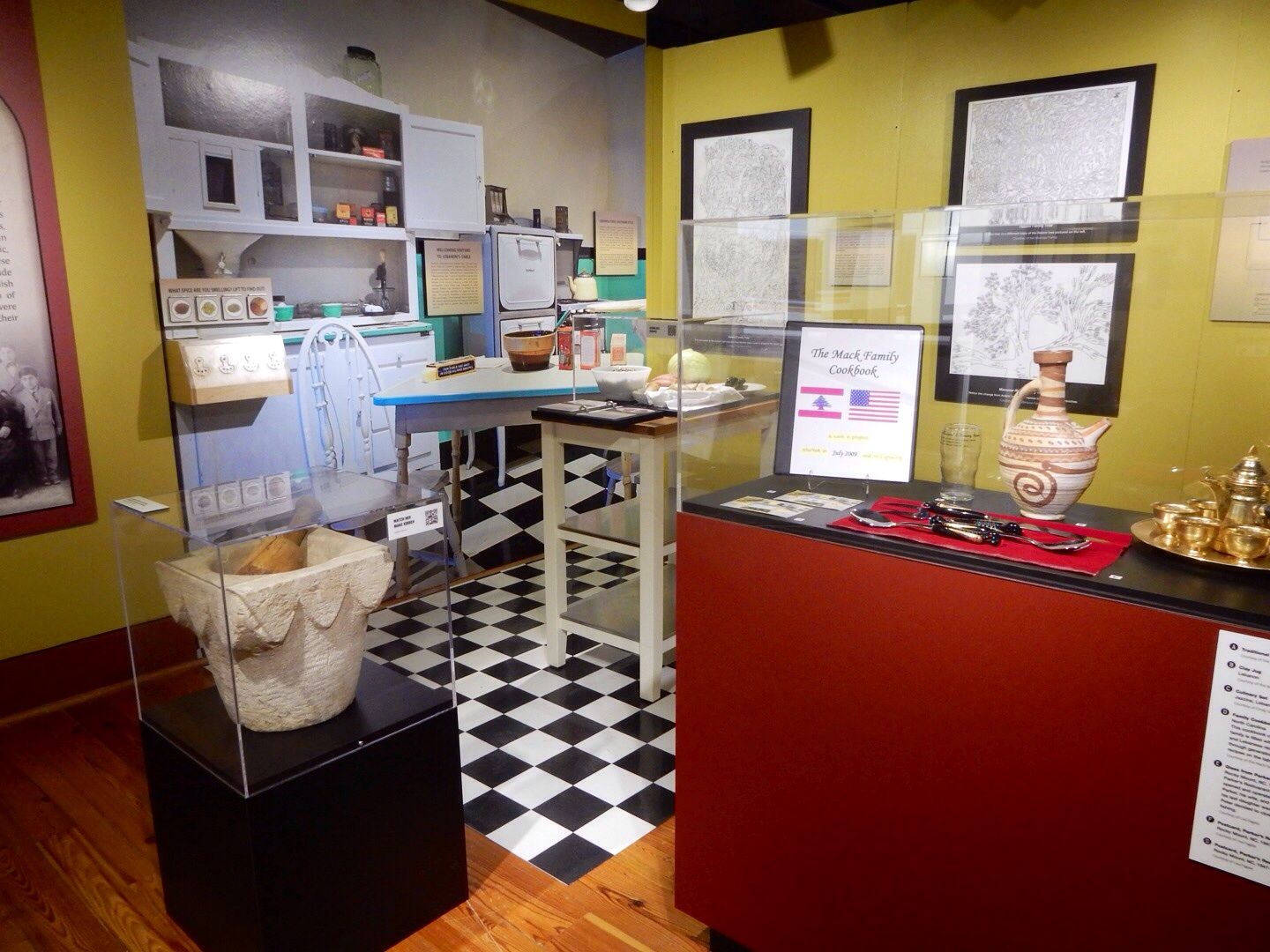
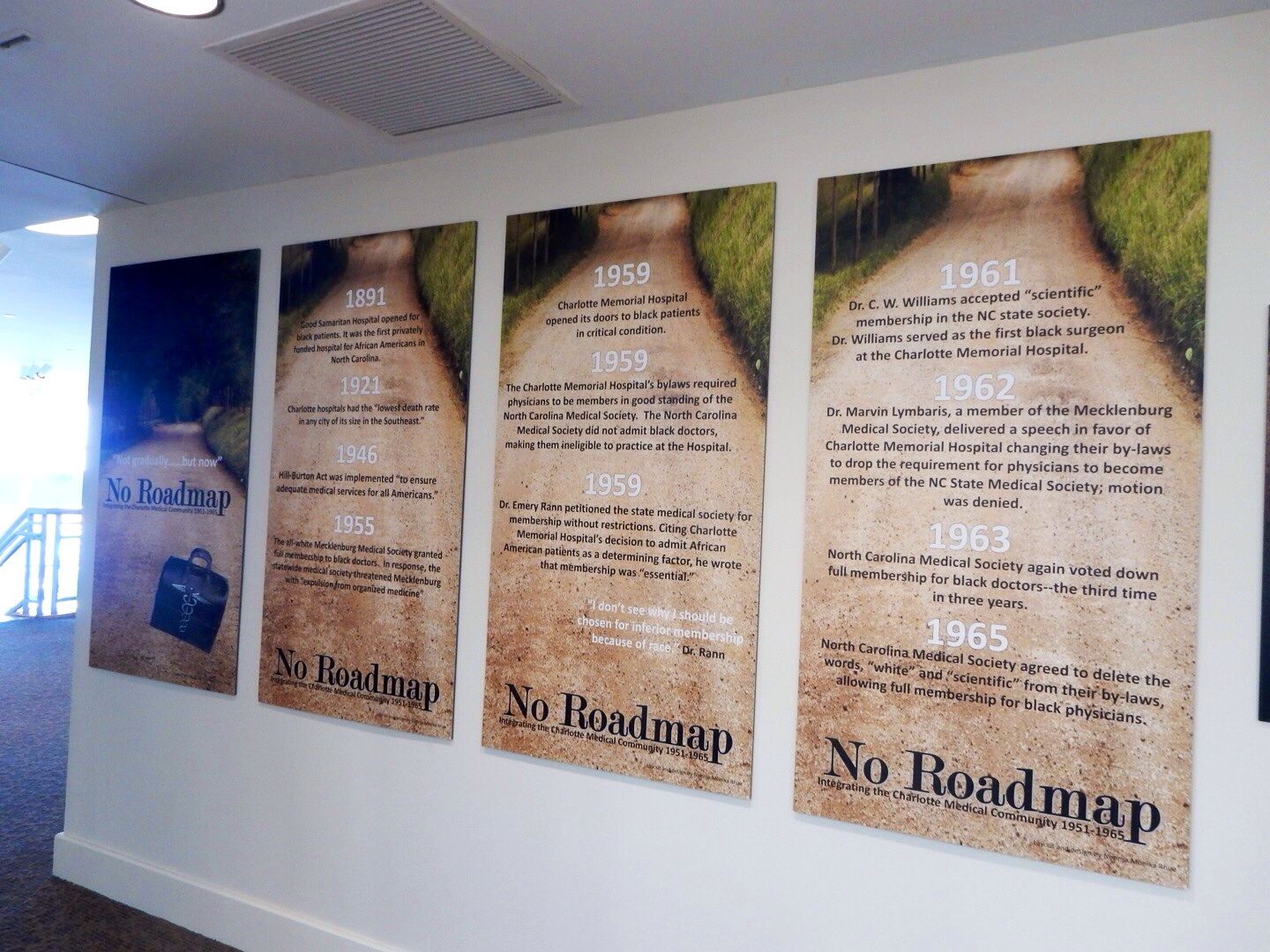
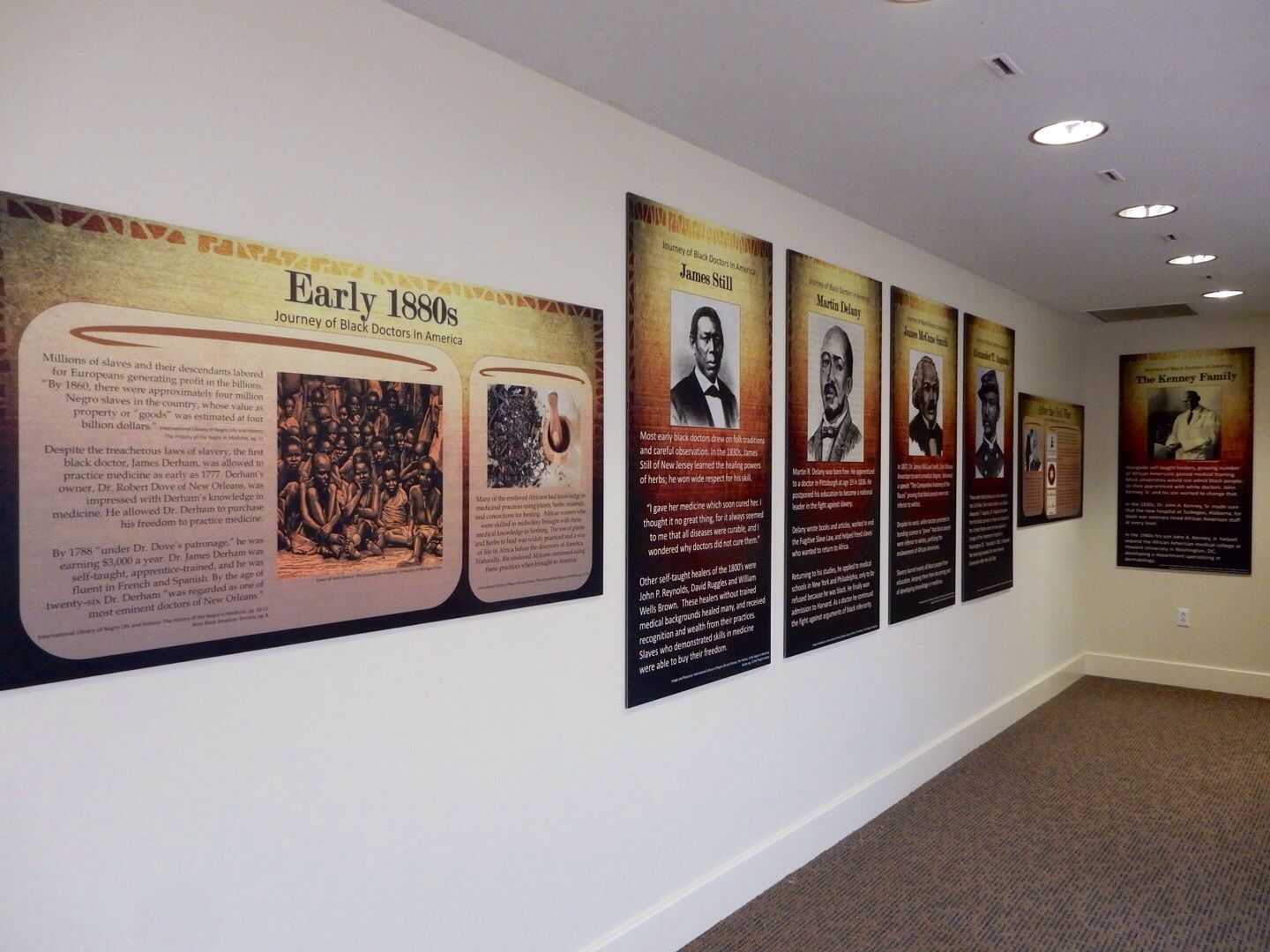
No comments:
Post a Comment